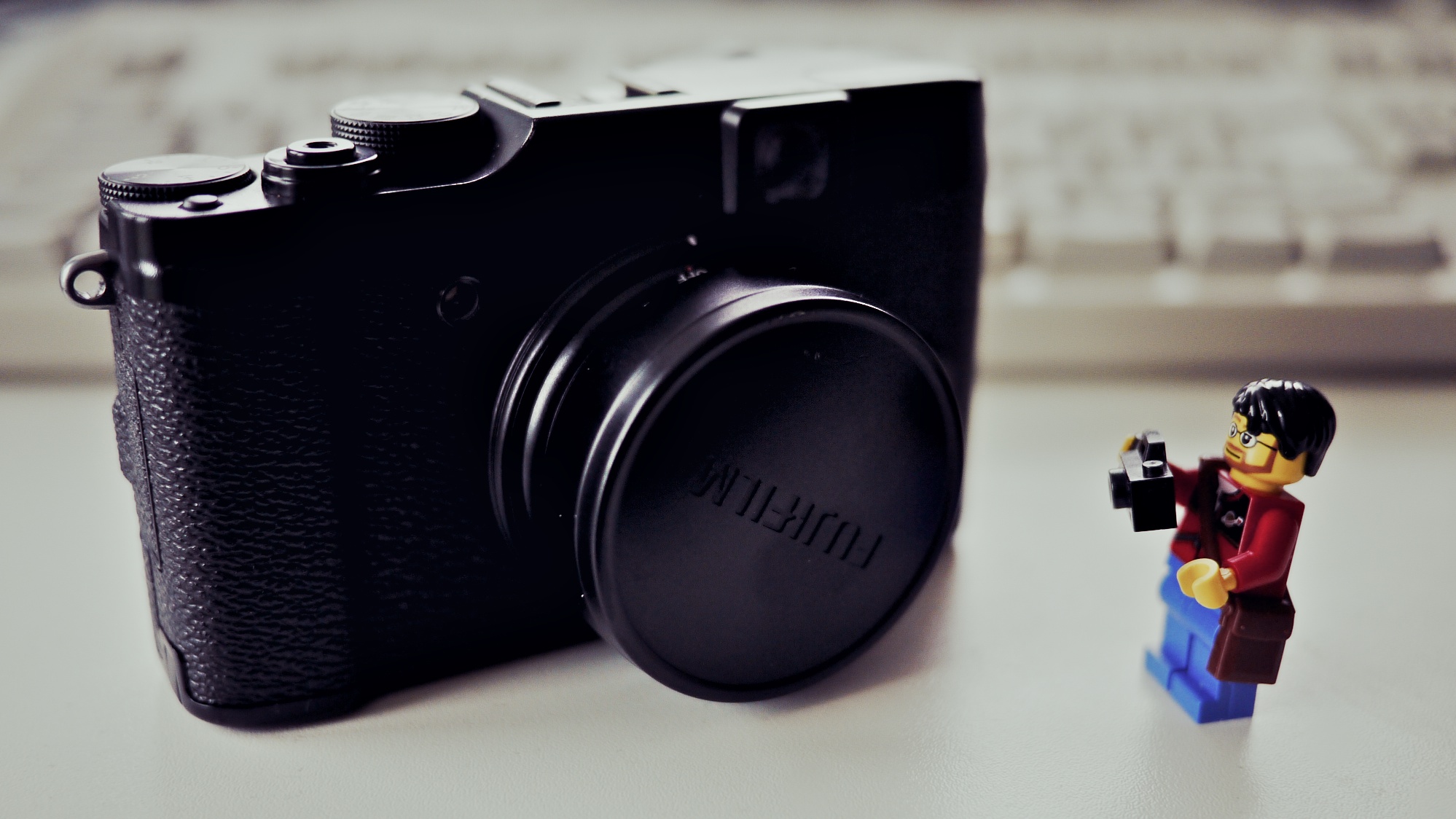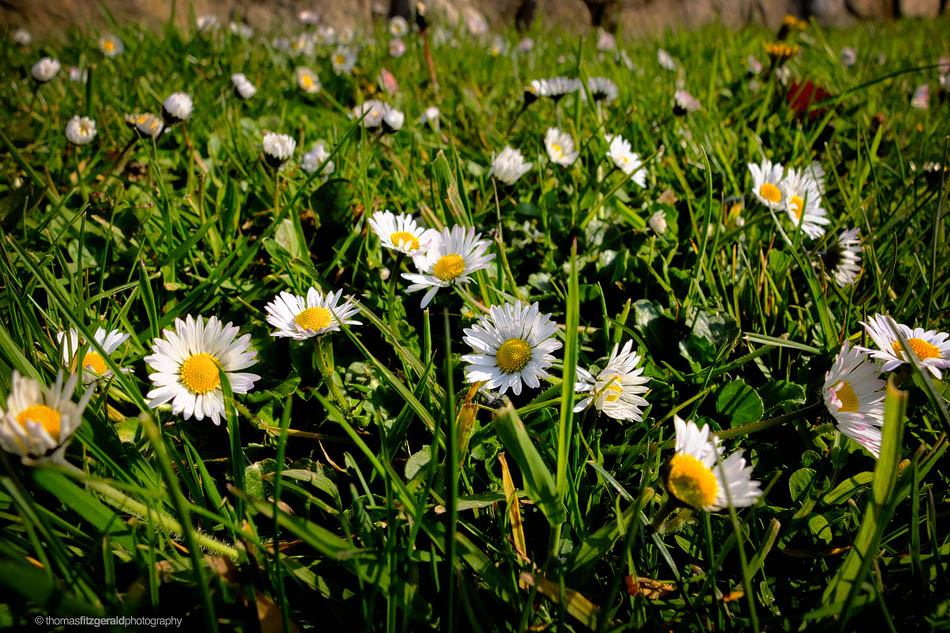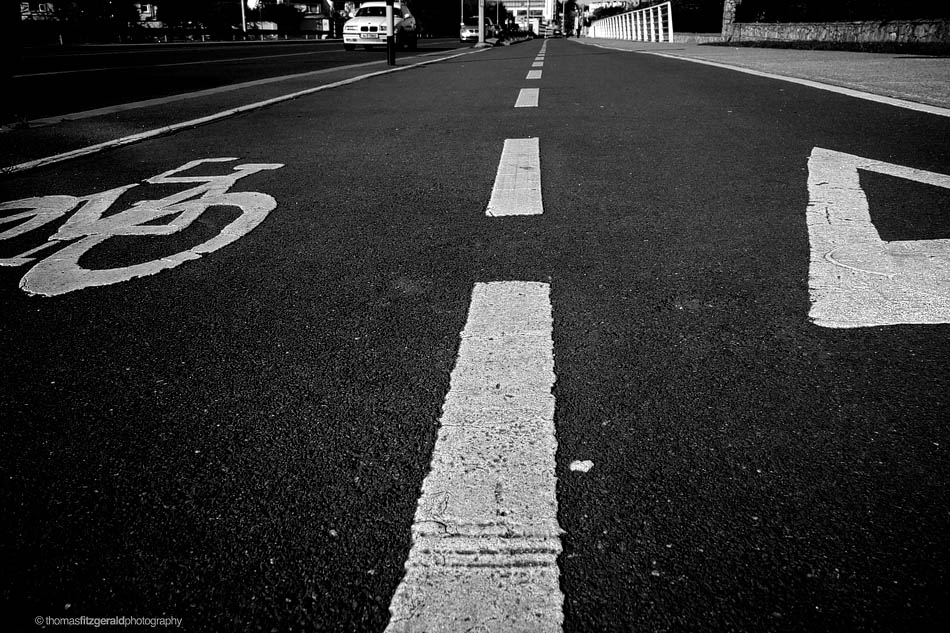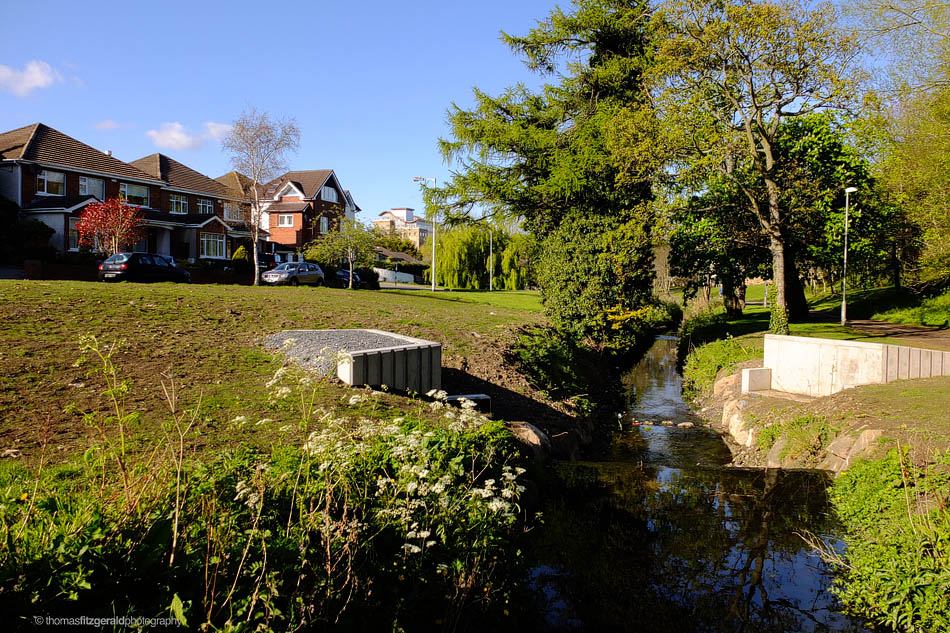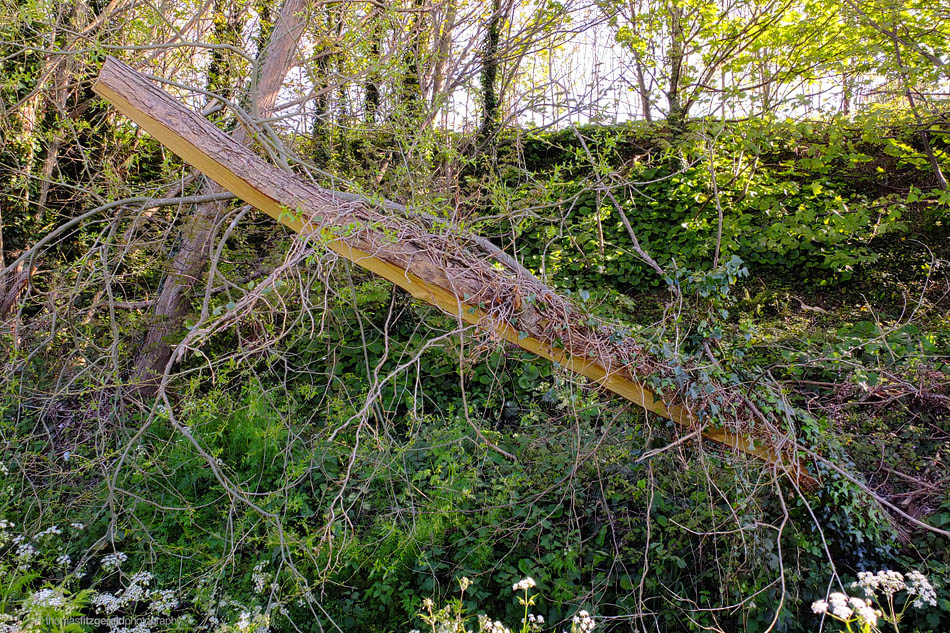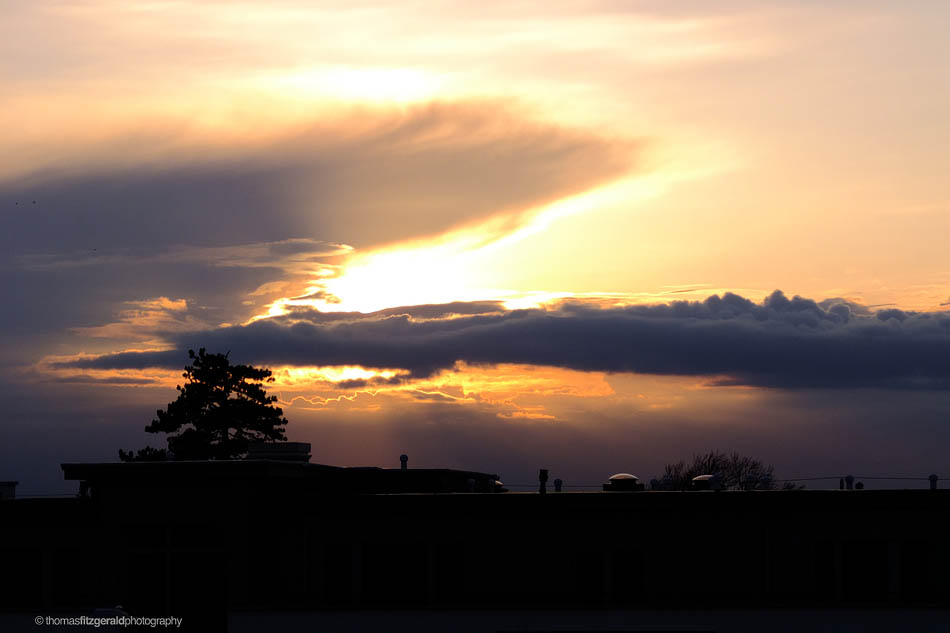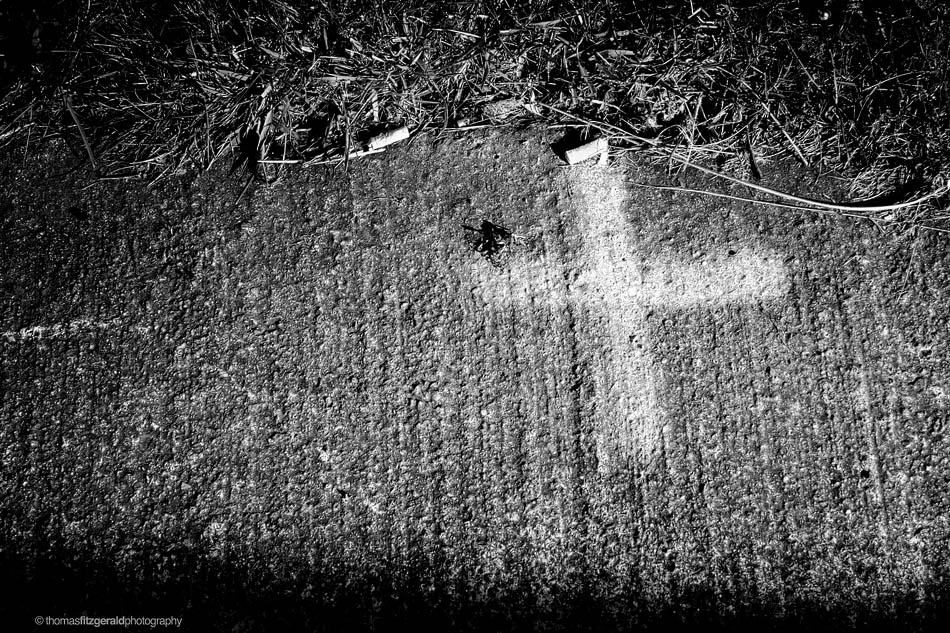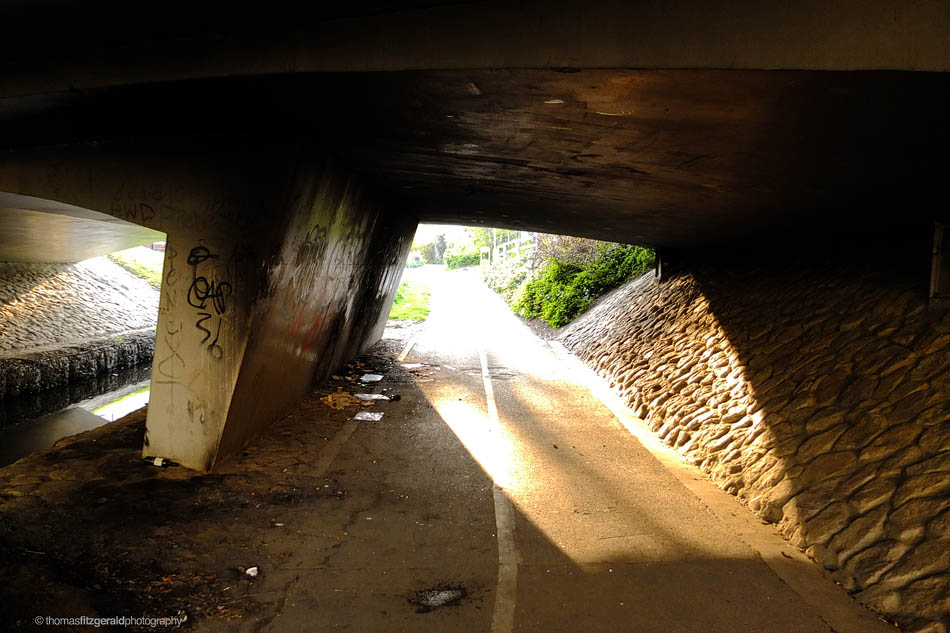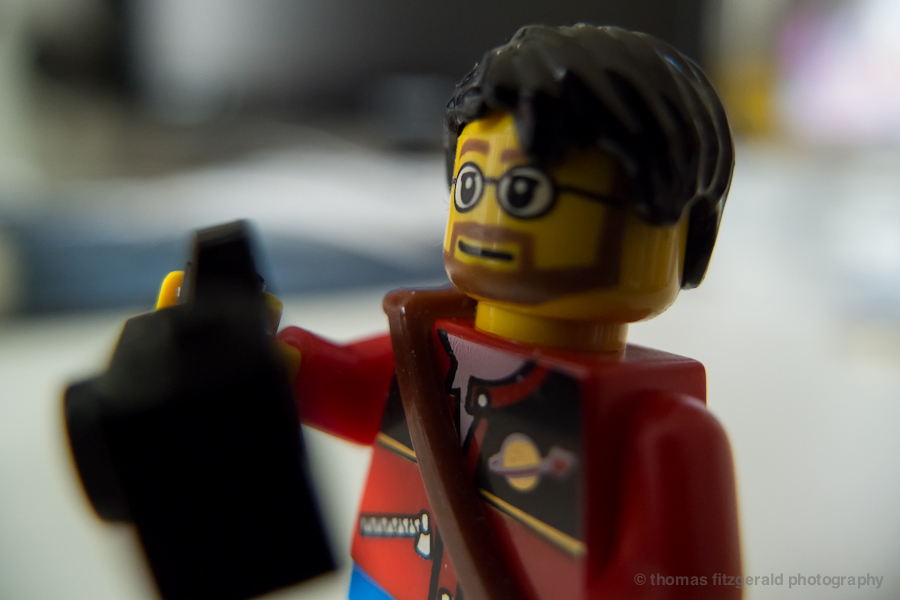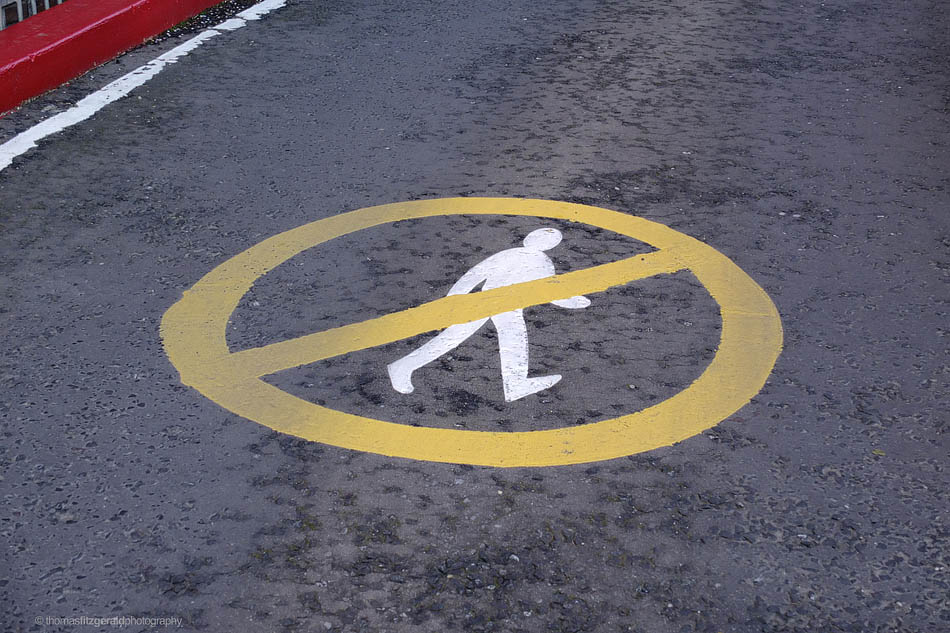Hands on with the Fuji X-10
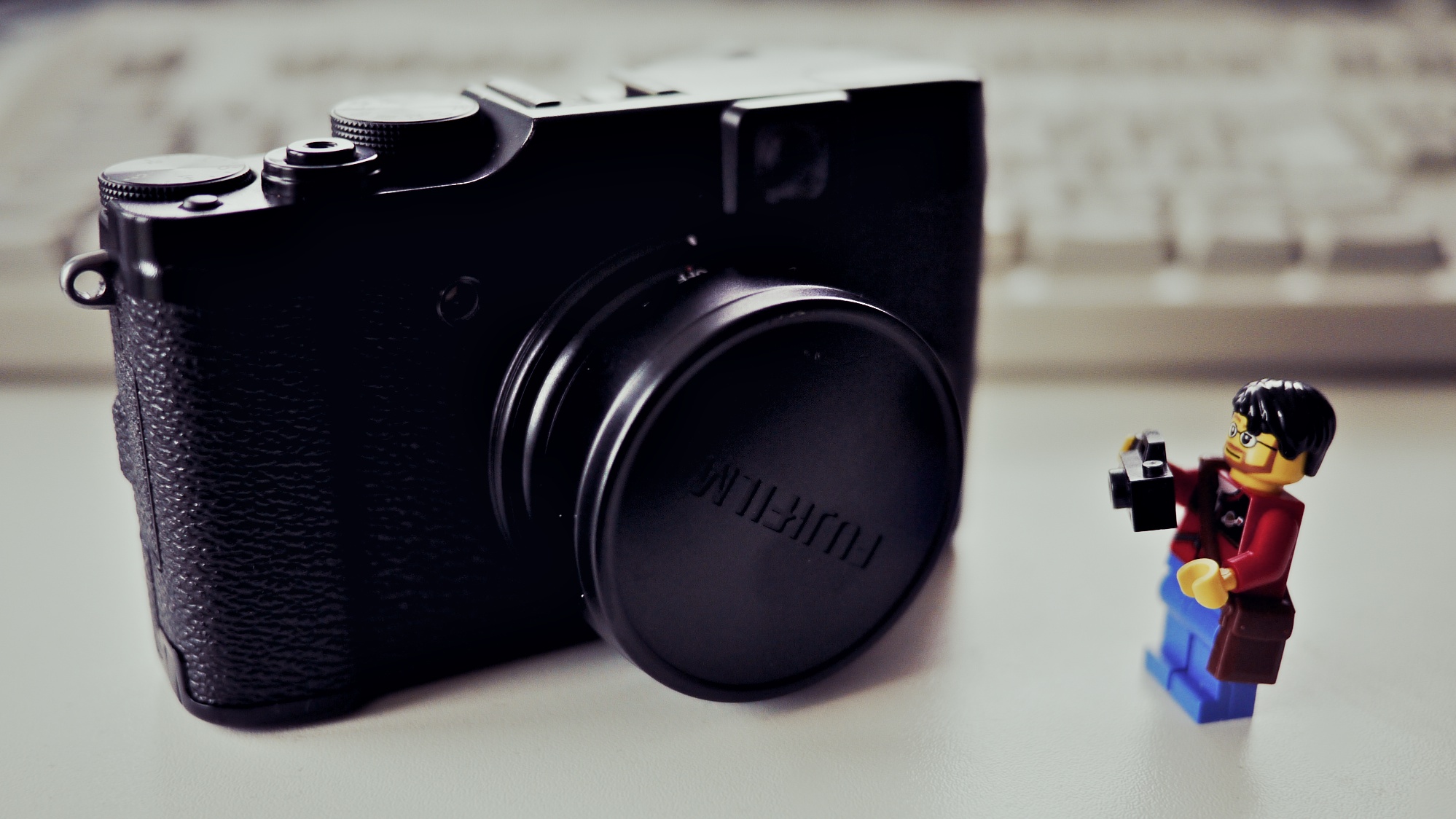 I've been very interested lately in what Fuji has been doing with their x-series of cameras. The X100 started quite a controversy among photographers as there were those who either loved it or hated it. Its retro styling and rangefinder-esque body proved to be a huge success, despite widely reported idiosyncrasies with the camera. They then brought out the X10, a compact version of the X100. That was then followed most recently by the X-Pro 1 which is turning quite a few heads with its unique design and stunning image quality. Of all these cameras the one I was least interested in is the X10, which is ironic as it turns out to be the first one of the three I've had a chance to spend any time with. I had been reading the good things said about it on a couple of blogs lately, and so my interest was piqued. Anyway, in an interesting turn of events I've had the good fortune to borrow a Fuji x-10 for the past few days from a friend of mine so having spent a little time with it I decided I'd share my thoughts in a little hands on real world review of sorts.
I've been very interested lately in what Fuji has been doing with their x-series of cameras. The X100 started quite a controversy among photographers as there were those who either loved it or hated it. Its retro styling and rangefinder-esque body proved to be a huge success, despite widely reported idiosyncrasies with the camera. They then brought out the X10, a compact version of the X100. That was then followed most recently by the X-Pro 1 which is turning quite a few heads with its unique design and stunning image quality. Of all these cameras the one I was least interested in is the X10, which is ironic as it turns out to be the first one of the three I've had a chance to spend any time with. I had been reading the good things said about it on a couple of blogs lately, and so my interest was piqued. Anyway, in an interesting turn of events I've had the good fortune to borrow a Fuji x-10 for the past few days from a friend of mine so having spent a little time with it I decided I'd share my thoughts in a little hands on real world review of sorts.
(This is not meant to be a comprehensive camera test by any means. It's just my experience of using it over a few days, so no charts and graphs! Also, I've processed some of the shots here till they look good. In most cases this is just a quick contrast tweak. As this isn't meant to be a camera test, I'm showing images as I would share them, to show you what you can get out of it , rather than a technical look at what comes straight out of the camera. In most cases I'll indicate when an image has been processed )
Image Quality & Performance
Daises, Shot using the "Velvia" setting, Auto White Balance, Straight form the camera (Click to view larger)
Shot using the in camera black and white, contrast tweaked and vignette added in Aperture
Overall, I'm not really sure what to make of this little camera. It is beautifully built and it feels really solid. It's like holding a solid chunk of metal in your hands. The styling is very nice, with its retro look. I believe the look of the camera is one of its biggest selling points. Image quality is not too shabby either, for a compact. My initial testing with it revealed decent images. On my first outing with it I went for a quick walk around the neighbourhood and then stopped into a local coffee shop to have a hot beverage and check out the results on my iPad (via the handy the camera connection kit). On the iPad the shots looked stunning. Colours are bright and punchy, and images are very sharp. At first look you would be hard pressed to tell that these were from a small sensor compact camera. I was actually kind of amazed at how good it was.
Straight out of the camera, Jpeg in "Velvia" mode.
Untouched Jpeg, Velvia setting
My amazement, unfortunately didn't last. When I got back to view the images on my 27" iMac you could see the limits of what it could produce. Don't get me wrong, it is still impressive for a small sensor, but you could immediately tell in many cases that it was a small sensor. It's still very good, just not the shock and amazed feeling I got when I first saw the images on my iPad. Blacks are occasionally set up significantly (on the histogram, the black level is about 10% in from the left) and you have to do a bit of tweaking of some shots to get them looking less washed out. In bright light they still look very impressive. Especially if you use the "Velvia" setting, but you do need to play with the images a bit. To be fair, I'm using a calibrated display, that's been calibrated for printing with a pantone huey pro. This generally shows up any issues with an image that you wouldn't otherwise notice. On a laptop or a uncalibrated display I'm sure they still look as impressive as they did on my iPad.
Straight out of the camera, in Velvia mode
Slight contrast tweak in Aperture, Velvia Mode, DR400 (see below)
The biggest selling point for this camera apart from the retro looks is the quality lens. The lens is impressively sharp, and at f2 you get a teeny bit of separation with the background, but you're not going to get much with such a small sized sensor. And it certainly is sharp. There is a small amount of purple fringing though wide open on high contrast shots, which is unfortunate.
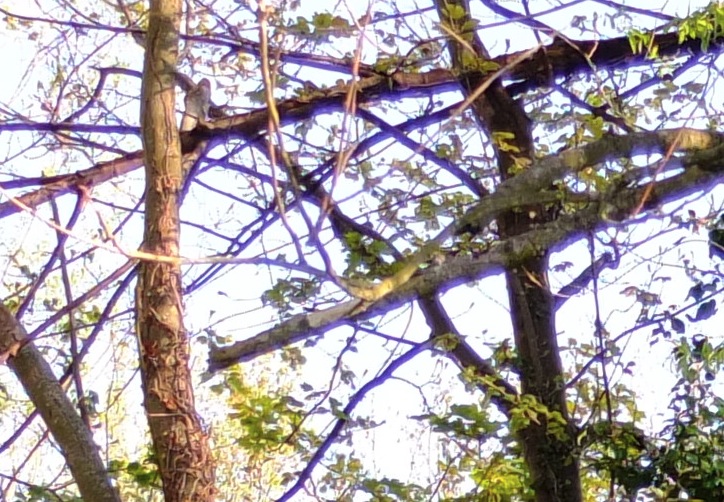
100% crop of image showing purple/blue fringing on high contrast area
The zoom range on the lens is pretty great too, and conveniently they've marked it in 35mm equivalent on the actual barrel of the lens. It goes from 28-112mm, which is pretty good for a compact camera of this size, especially with this kind of quality lens.
Auto white balance is not great. I fairness, in my opinion, it never really is on any camera, but I found on this colours were a bit warm and in the shade they showed a lot of purple tinting. Manually setting to daylight works well in bright sun, but in even the hint of shadow colours look off, with purple tinting again ruining the image. I've seen this before on small sensors though.
Note the purplish tint to the bark in the image above? (click to view large). Luckily this is easy to fix in post. Here's the same image tweaked in Aperture:
The other issue I found is that blues have a tendency to go a bit luminous and fake looking if they're even slightly overexposed so you have to be very careful.
Dynamic range is pretty standard for this kind of camera. I was mostly shooting JPEG and only tried RAW briefly. The Raw files are noisier but they retain a good bit of detail. When used with Lightroom's noise reduction you can get reasonably good results all the way up to ISO 1600. The one thing that annoyed me about the raw files though, is that they are 4:3 regardless of whether or not you set the camera to shoot in 3:2. On the subject of dynamic range, an interesting feature on the camera is the ability to increase the Dynamic Range. From what I understand it does a faux HDR type of effect. The result works quite well, but you don't want to leave it on all the time as the results can be quite unpredictable. There's also control over how the shadows and highlights behave. In fact, there's a surprising amount of control on this camera for a compact.
Most cameras have some sort of picture modes and the X10 is no different, in this case calling them "film simulation". Fuji have named their modes after their popular 35mm slide films, including Provia, Astia and of course Velvia. Velvia, being the equivalent of "Vivid" on other cameras. The colours are punchy, and people have strong opinions about the "fuji" look. For me, I'm not sure. I did really like some of the shots I got using the Velvia setting. The shot of tree tops in the light above for example or here's a few more that turned out to have striking colours (both are straight out of the camera)
On the other hand, other times the colours just looked odd, and not quite right. I guess it's a matter of personal taste, and I suspect with more time I would get used to it enough to know what to expect and how to get the results I want.
(Converted form colour with silver efex pro and Aperture)
Slight contrast tweak in Aperture
Astia and Provia are more controlled and give more "normal" results. Of course if you shoot in RAW it will ignore these options anyway.
The other notable feature is the macro mode which works quite well. There's also a super macro mode which enables you to get very close to your subject. This is accessed by the macro button on the control wheel/d-pad on the back.
Macro Shot (Raw, Adobe Lightroom ISO400, 50% Luminance NR)
Controls and User Interface
In terms of usability and control, I found it to be a mixed bag. First there's the clever on/off switch. To turn on the camera, you turn the lens. This goes from the off position and it rotates around as the lens extends out, then clicks into place at the wider end of the zoom. Like I said, clever. The downside though is that when zooming out from telephoto you frequently go to far and turn the camera off.
Focus speed is ok. It's not great. It's not terrible. Sometimes though it doesn't lock, or it locks onto the wrong thing. You can move the focus point by holding down the AF button on the back and using the control wheel/dpad combo button, which is a bit finicky but I guess you would get used to it.
The manual exposure compensation dial is a nice touch too, but I frequently found myself turning this instead of the rear control dial. To be fair, this is probably just a muscle memory from using my Nikon, as that's where my thumb naturally goes. I would have preferred the other control dial to have been in that position. The control wheel / button combination on the back is a bit quirky too. I think it's trying to do too much. It's a wheel that you spin, and it's also a d-pad, but it's quite plastic and a bit fiddely. It is the only part of the camera that I feel has been poorly constructed.
The menu system is a bit odd too. When the menus pop up over the display, the whole screen refresh slows right down and it's as if it's doing 2-3 frames per second for a few seconds. The menus themselves are quite heavy on the graphics with gradients and multi colour edges. It's all a little gaudy in my opinion. I would much prefer straight forward clean graphics, especially if they're going to come up over the live display. In low light this display slows down too, making it difficult to frame and focus with. I guess that's where the optical viewfinder is supposed to come in, but I'm not overly impressed with it.
I know some people rave about optical viewfinders, but it's basically a hole with a magnifying glass in it. It does zoom with the lens, but there's no information in it whatsoever. You have to rely on the camera beeping to even know you've locked focus and even then there's know way of knowing on what without looking at the screen, which sort of defeats the point. It also offers only 85% coverage, so what you're getting in shot is going to be a potshot at best. I know that some people like to have an OVF so they can shoot in bright conditions, but on a sophisticated camera with multiple settings and occasionally iffy auto focus, it's kind of pointless. That's my opinion any way.
I played with video briefly on the camera but it wasn't very good so I stopped. The specs claim that it is full 1080 HD but whatever down-sampling is being used the quality is quite poor. It's soft and blocky. I guess if you need to shoot video and don't have anything else then it's better than nothing, but I didn't think much of it.
Conclusion
When I first started using this a few days ago I must admit, I didn't really like it, but over the few days it's grown on me. For a small sensor compact camera the image quality is pretty impressive, even at higher ISO's. The control system is quirky and there's a lot of options buried in the menus. At the end of the day though, it's still a small sensor camera, with all that entails, in particular, the inability to get any kind of shallow depth of field separation between your subject and the background. The lens is great for a small camera and the focal range is very good too, but you have to put it in perspective. This camera retails for €499 here in Ireland. For that price you could buy an entry level mirror less camera from either olympus or panasonic. The Olympus EPL2 for example sells for €499 with a 14-42mm lens. For this you get a much larger micro 4:3 sensor and the ability to change lens. I understand that not everyone wants a mirror less system camera, and some just want a small all in one compact, but then the fuji is not that small of a camera either so if you want it for pocket-ability you would probably be better off getting something like the Canon Powershot S100 which also sells for €499. This is a much smaller body, and doesn't have the lens protrusion so would fit a lot easier into your pocket.
I'm not trying to diss the X10, and I know it has a lot of followers. I have been impressed by the image quality, but if I'm to be brutally honest, nothing about the camera blows me away. Perhaps if I had more time with it I would see what all the fuss is about. The styling is nice, and I guess that's the key factor for a lot of people, but for me I just can't see the advantages of buying the X10 over buying a much more flexible Micro 4:3 camera for the same price.
[UPDATE] I've posted full res versions of most of the images used in the review along with a few others to Flickr if you wish to pixel peep.


